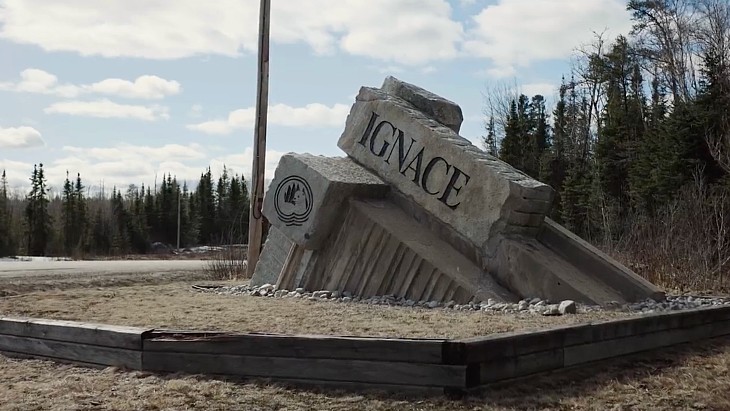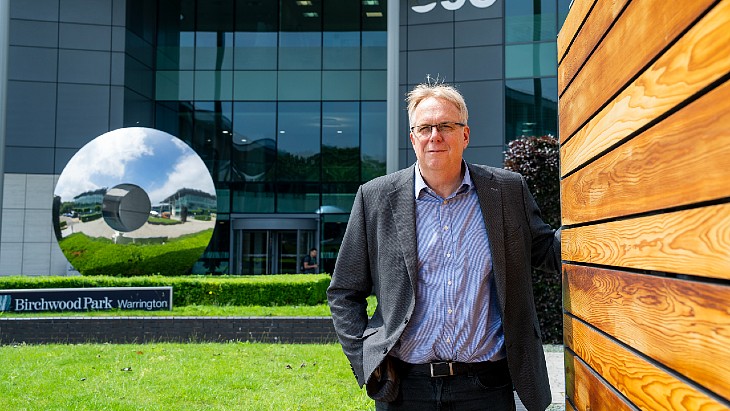The US Department of Energy's National Nuclear Security Administration (NNSA) and Japan’s Ministry of Education, Culture, Sports, Science and Technology (MEXT) said the removal of HEU from the Kyoto University Critical Assembly (KUCA) fulfils a commitment made at the 2016 Nuclear Security Summit, and follows an announcement earlier this year by President Joe Biden of the USA and Japanese Prime Minister Fumio Kishida of the removal of 30 kg of HEU from three Japanese research reactors.
The removal effort was primarily undertaken during the COVID-19 pandemic, which meant US technical experts had to undergo multiple 14-day quarantine periods to carry out work in Japan that could only be accomplished in person, and NNSA Administrator Jill Hruby described the removal campaign as a "monumental effort" demonstrating the two nations' close nuclear security relationship. "Minimising the use of HEU in civilian applications allows facilities like KUCA to continue their essential training and research missions without risk that the fuel could be used to produce an improvised nuclear device," she said. "I want to thank the team for seeing the job through despite pandemic restrictions."
.jpg)
Hironobu Unesaki (University of Kyoto), Jill Hruby and Ken Nakajima (Director of the Institute for Integrated Radiation and Nuclear Science, Kyoto University) in the KUCA reactor room (Image: NNSA)
Repatriation of HEU fuels removed from the KUCA facility - which is used by students for basic research on reactor engineering - fulfils a commitment made in a joint US-Japan statement on nuclear security cooperation at the 4th Nuclear Security Summit held in Washington in April 2016.
The HEU has now been transported to the Y-12 National Security Complex in Oak Ridge, Tennessee, and the Savannah River Site in Aiken, South Carolina, where it will be downblended to low-enriched uranium (LEU) and/or dispositioned.
Research reactors are, as the name suggests, nuclear reactors used for research, development, education and training. They are primarily used to produce a source of neutrons rather than for power generation. Most of the world's research reactors were built in the 1960s and 1970s - including KUCA, which was built in 1973 and reached first criticality the following year - and required fuel more highly enriched in uranium-235 than the LEU used in fuel in commercial nuclear reactors. Much of this research can now be carried out using LEU fuels containing less than 20% uranium-235.
NNSA, MEXT and Kyoto University are working to convert KUCA to use LEU fuel by the end of 2023, and in April received approval from Japan's Nuclear Regulation Authority for the facility safety analysis report. This is the first approval of its kind since the Fukushima incident in 2011 and as such faced an unprecedented level of scrutiny, NNSA said.
NNSA's Office of Material Management and Minimisation works with partner countries and international institutions to eliminate the need for, presence of, or production of weapons-usable nuclear material. Working jointly with domestic and international partners it has successfully converted or verified as shut down 108 research reactors and medical isotope production facilities and removed or confirmed the disposition of nearly 7,275 kg of weapons-usable nuclear material.

.jpg)



_17992.jpg)
_75800.jpg)

_48360.jpg)

_96167_68292.jpg)

